Benefits of Wood Architecture

Wood architecture has become more common in the last few years. This was until recently unimaginable since wood was considered not to be a worthwhile material.
Wood is the preferred material for pre-built houses.
Wood In Construction
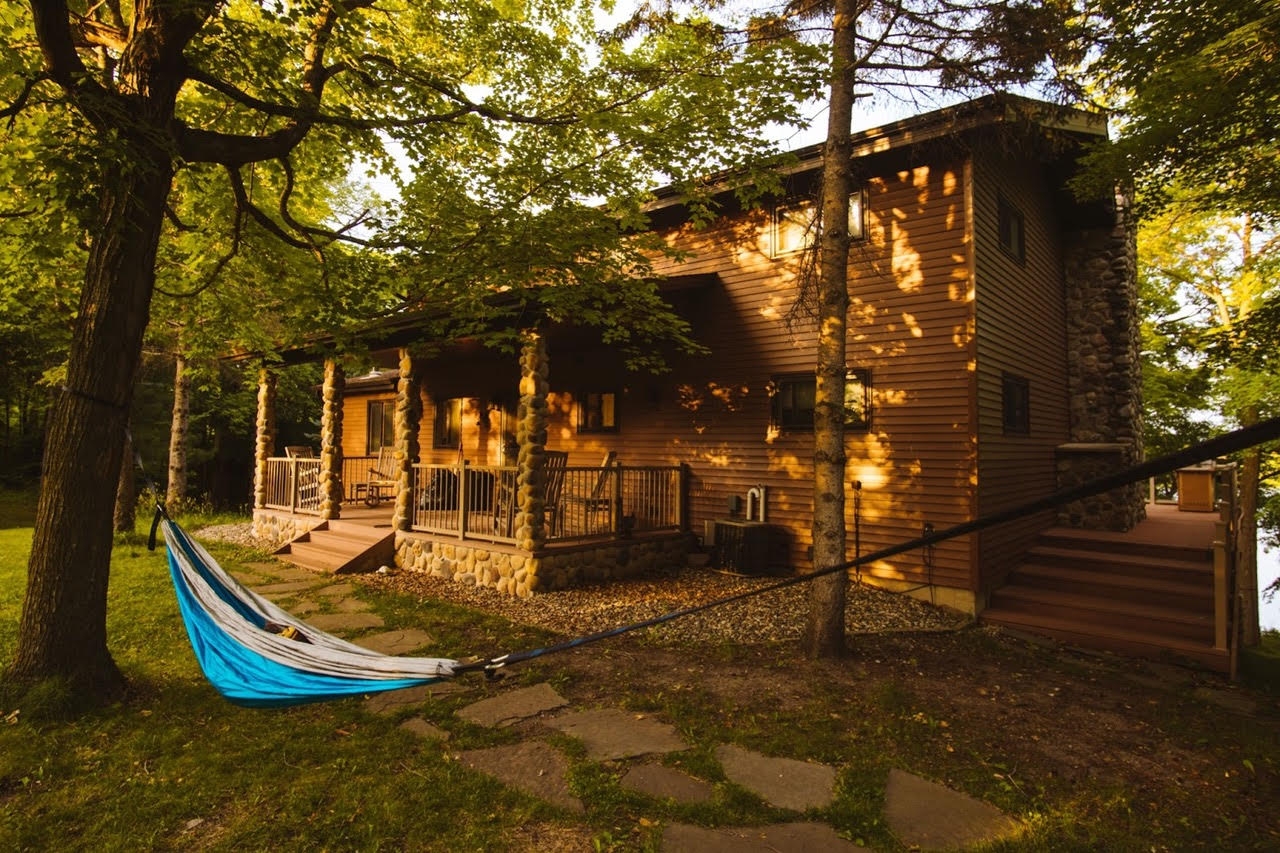
It is very often used for buildings with a large surface area. Wood can withstand significant weight loads
The book “La Matérialité Résulte des Matériaux” explains that architecture comes into existence through the material used to construct it. It gives a unique character to the property, and a strong identity.
Wood is a material that is usually treated when used in architecture which allows it to better withstand climatic and environmental conditions.
However, vernacular architecture often uses wood and beams that are still raw, as untreated as possible, which is often the case in log cabins, for example.
Houses built entirely out of wood increase in value over time, unlike houses built with more traditional materials.
Wooden Architecture, Sustainable Architecture
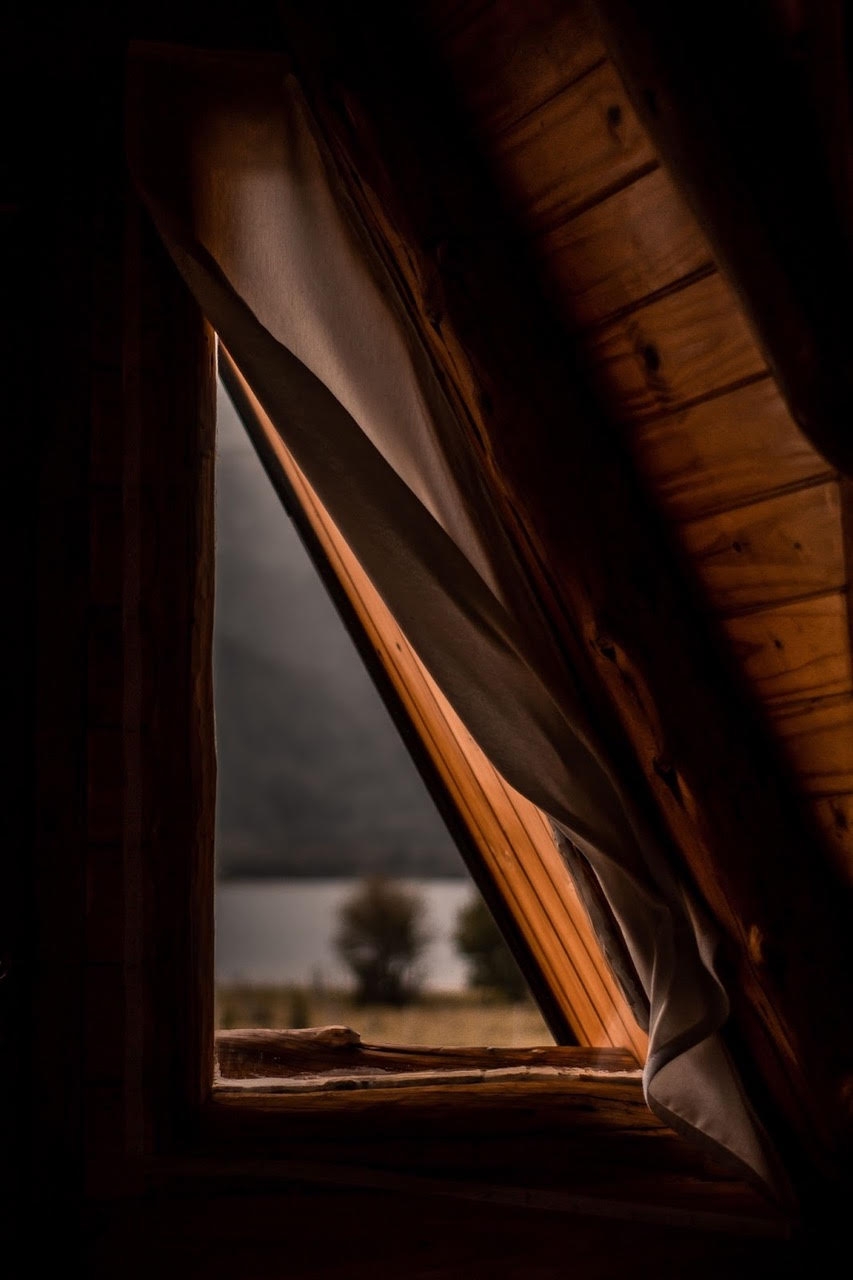
Wooden houses are eco-friendly for many reasons :
- It is a material that is fully recyclable
- It is renewable, so long as it comes from a sustainable forest
- They don't emit CO2
- It allows for bioconstruction
- It is a quality insulator in all constructions in which it is used
- Wood is also a material that captures carbon
Wood and Heat
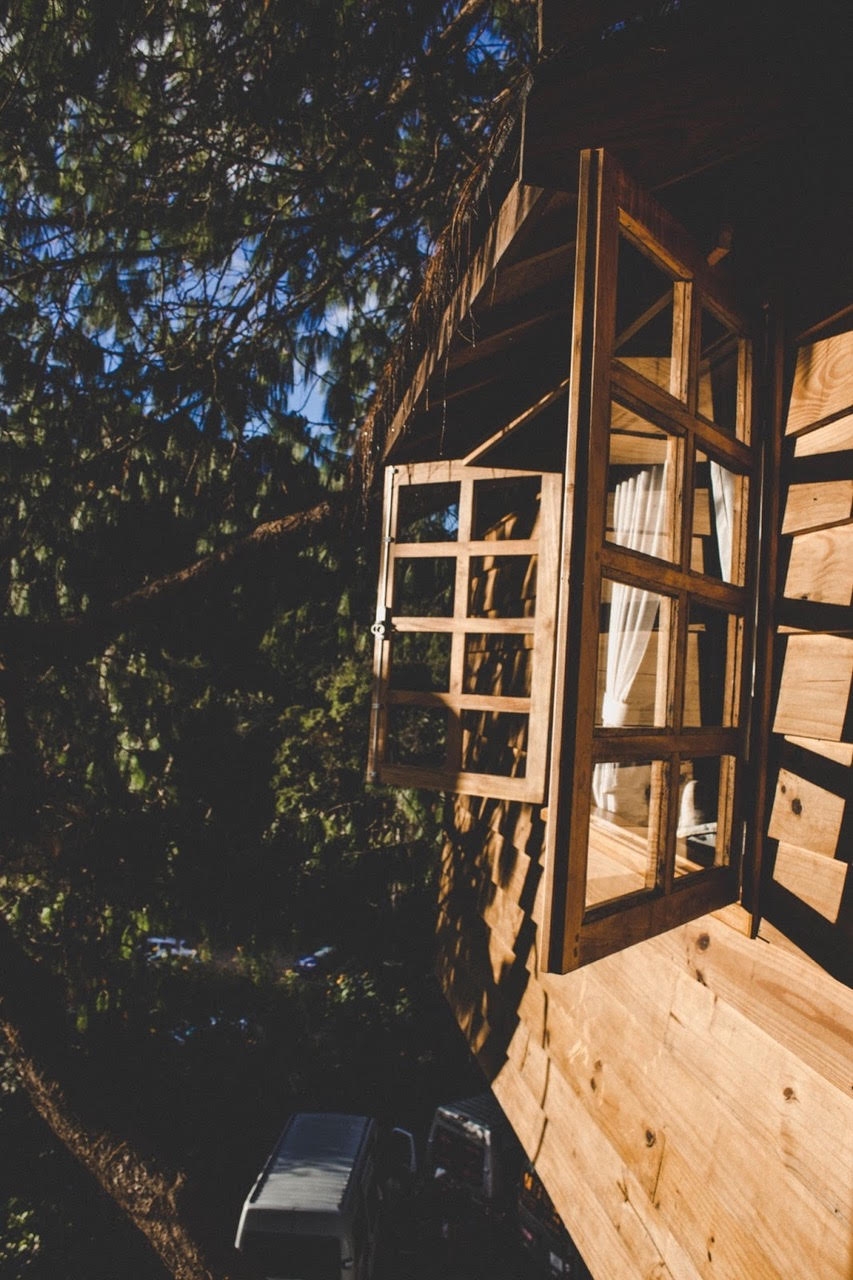
This material is able to retain heat, which allows less energy to be consumed through heating, which seems to be a choice with regard to the current ecological issues.
The Advantages of Choosing Wood in Architecture

Wood is also becoming fashionable in architecture again since it can be locally sourced. The use of wood in architecture also allows for the building to be perfectly integrated into its environment and to be at one with nature.
This material can be used for all property types, be it for houses or villas. As well as for all types of work, be it a new build or extension of an existing property.
Depending on the wood chosen for the works, there are different variables to take into account:
- It doesn't have the same durability
- Its insulation properties may vary
- Its resistance to moisture
Wood in Architecture: Little Touches
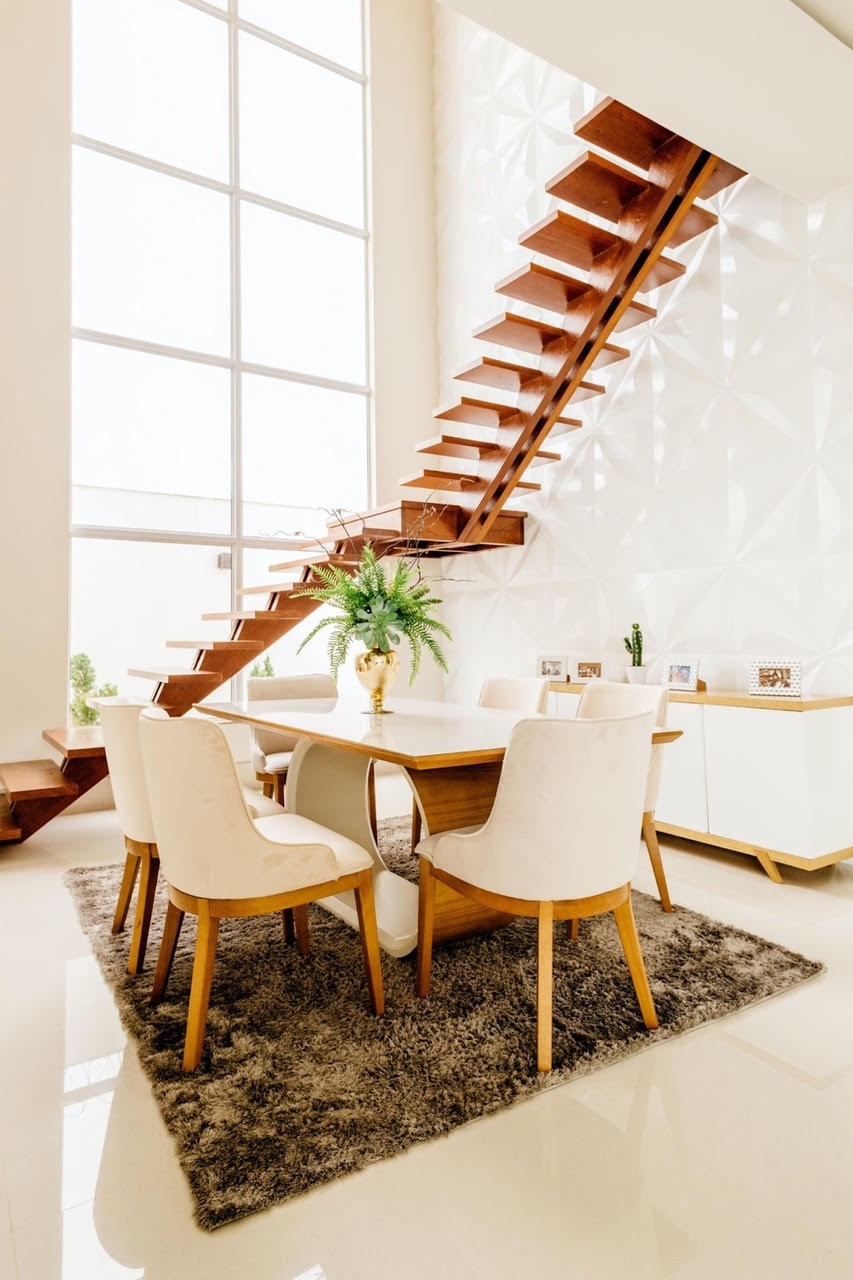
This material can be used for little touches during the works, such as the floor or wall coverings. Note that wooden parquet floors are considered as being of higher quality than all other floor coverings.
Another popular solution is having the doors or windows made from wood. Wood is a material that allows large windows to be constructed, which is not necessarily the case with other supplies.
Drawbacks to Wooden Architecture
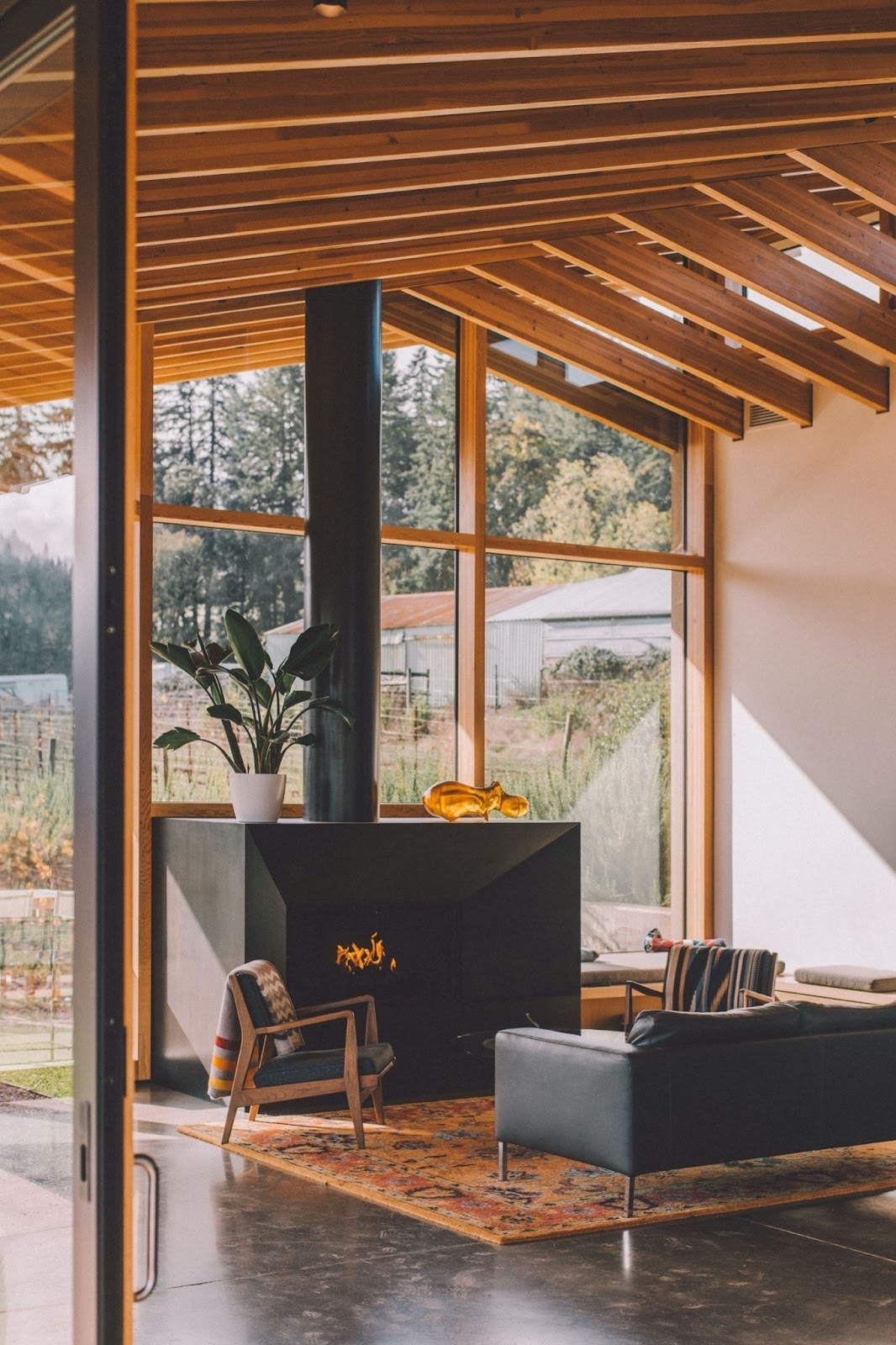
Even if wood is a very useful material in architecture, it still has some drawbacks:
- It is expensive compared to more conventional materials
- It must be more regularly maintained
Wooden Architecture and the Environment

Using wood in architecture means that the environment can be placed at the heart of the property. It also allows nature to be returned to the centre of our modern urban lifestyles. Wooden architecture also allows collective spaces to be more pleasant and improve the quality of life of the users of a building.
Wood is also very handsome when placed alongside other materials to give the property more attractive aesthetics, for example, it is possible to use it alongside stone to reinforce a defined architectural style.
For many architects, wood is the perfect material to “create a living space that is healthy and comfortable”